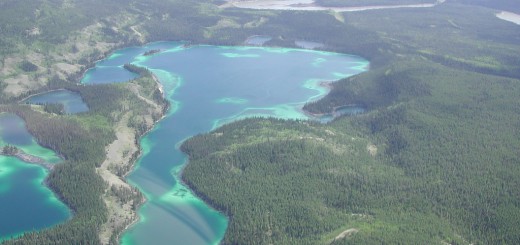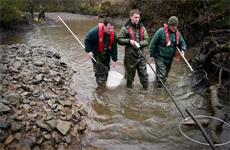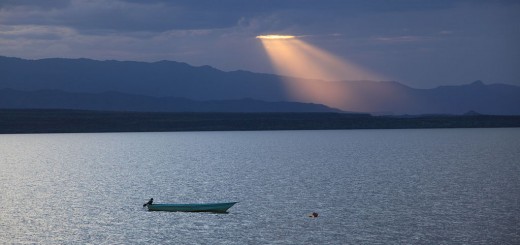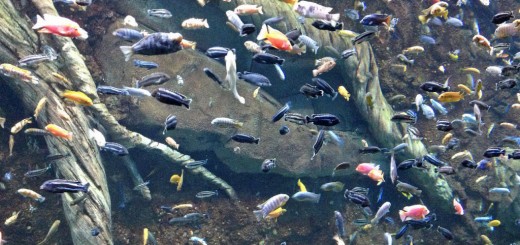Easter Island Statues Came From Rock Quarry Near Rano Raraku Lake (Video)
0
Rano Raraku Lake. (Credit: Flickr User Pablo Rodriguez via Wikimedia Commons)
At the bottom of a crater on Easter Island sits a freshwater lake. It shares its name with the crater that holds it: Rano Raraku.
The volcanic crater is deserted now, but once served a greater purpose – it was the rock quarry that supplied stone for the famous Moai of the island.
Moai are sculptures made by the Rapa Nui people, an ancient civilization that once inhabited Easter Island. Moai still line the island today and serve as a major tourist attraction.

A Moai near Rano Raraku Lake. (Credit: Wikipedia User Artemio Urbina via Wikimedia Commons)
Some Moai around the lake are refined statues while others are incomplete. The area contains statues at various stages of production and tells the story of Moai development from block to form – indeed it was the center of Moai production.

Moai around Rano Raraku Lake on Easter Island. (Credit: Wikimedia Commons User Russavia)
This distinction has led researchers to find different types of Moai around the lake. One is the strangest that archaeologists have found – the Tukuturi. The kneeling statue has arms and legs, which is in contrast with typical Moai that have square torsos.

Tukuturi, the kneeled Moai at Easter Island. (Credit: Brocken Inaglory via Wikimedia Commons)
Nearly 95 percent of the stone – volcanic ash or tuff – for all statues on Easter Island is thought to have come from the quarry. Once made, the Moai were moved with ropes to their final locations by “walking.”
Around the island, most of the Moai face inward with their backs to the sea. This is commonly seen as the way they “watched over” villagers.
Video: Scientists Make Easter Island Statues Walk. (Credit: National Geographic via YouTube) Easter Island Statues













